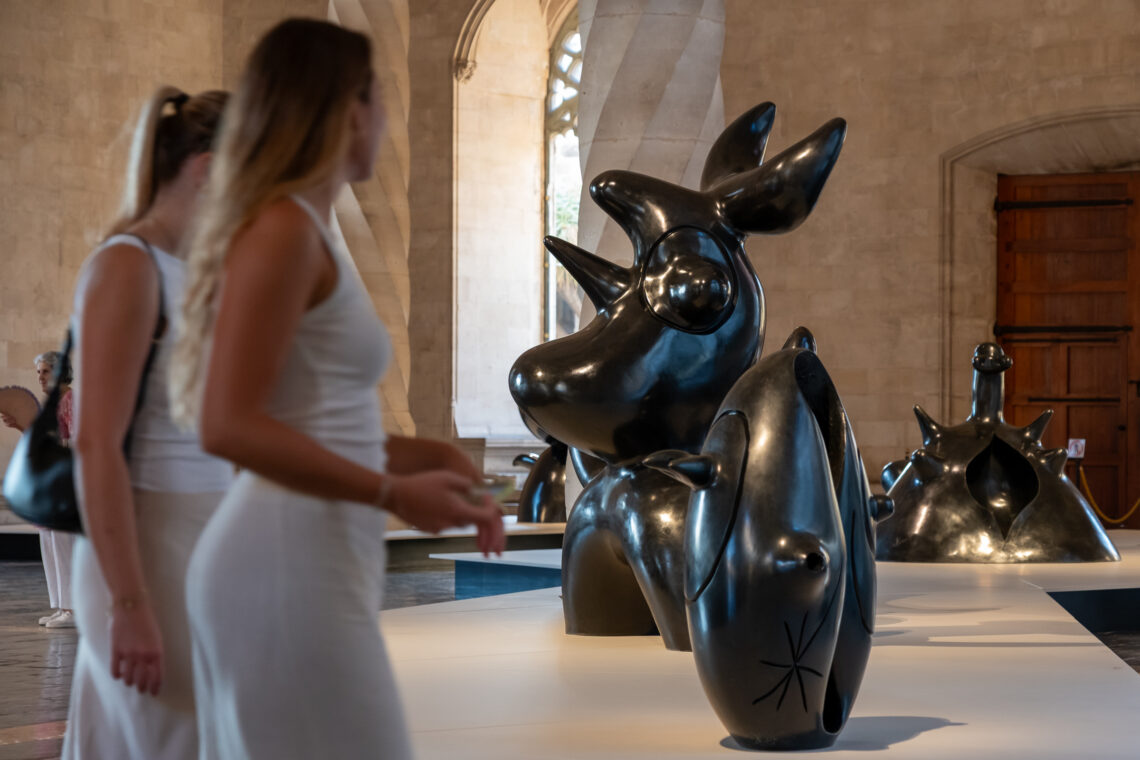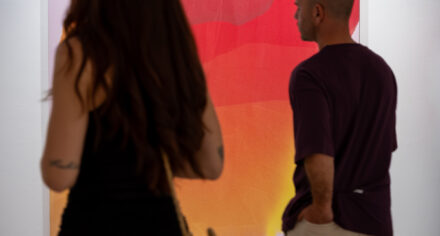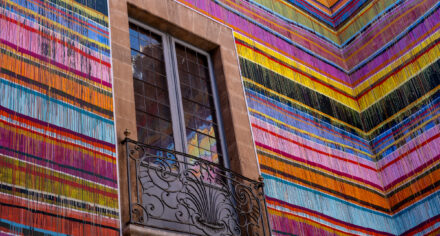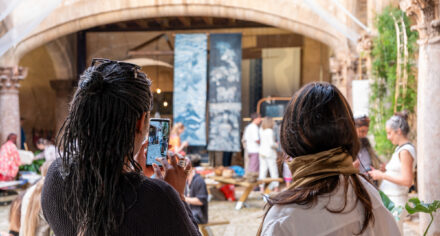Paysage Miró invites both seasoned art lovers and curious newcomers into a landscape of shapes, shadows and color, as if Palma itself had become a vast canvas. The pull is immediate. A young boy stretches towards the curve of a bronze form. A couple exchanges whispers before a soaring abstract bird. For a limited time, many of Joan Miró’s sculptural and pictorial works can be seen at four venues across the city, two of them even free of charge. The exhibition turns Palma into a living exposition, urging visitors to rediscover, contemplate, and walk through the imaginative world of Joan Miró.
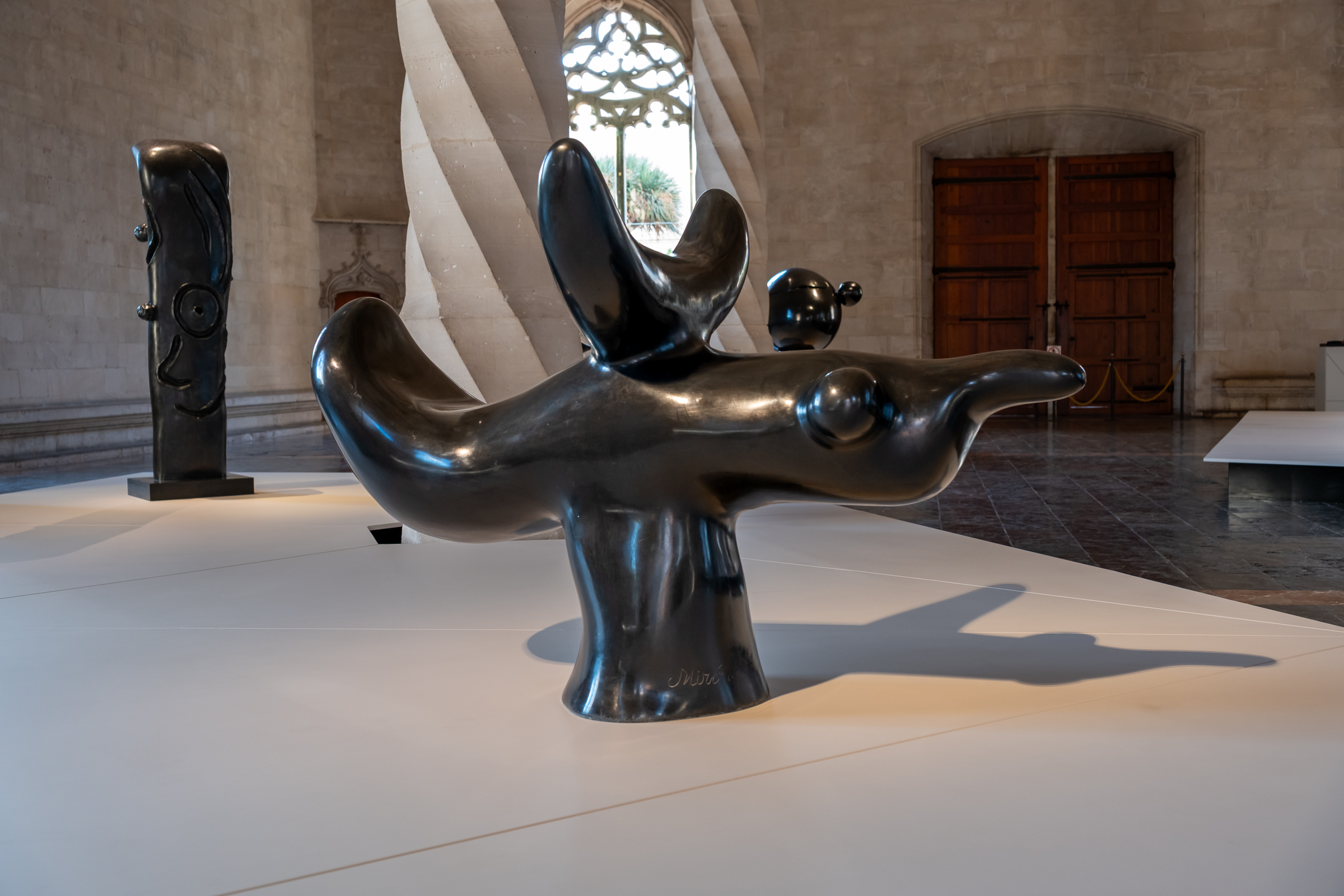
The Initial Force
In La Llotja, the exhibition “La força inicial” anchors Paysage Miró in the Gothic splendor of Palma’s old merchants’ hall. Here, Miró’s weighty sculptures stand in eloquent conversation with the soaring arches and ribbed vaults. You pass beneath towering windows and among stone columns. And suddenly the forms feel both ancient and fresh. Oiseau lunaire, Oiseau solaire, Maternité and Conque emerge like totems from another dimension. The interplay between dark bronze and light filtering through Gothic tracery intensifies. And offers a unique opportunity to see Miró’s three‑dimensional vision in a building that itself bears centuries of history.
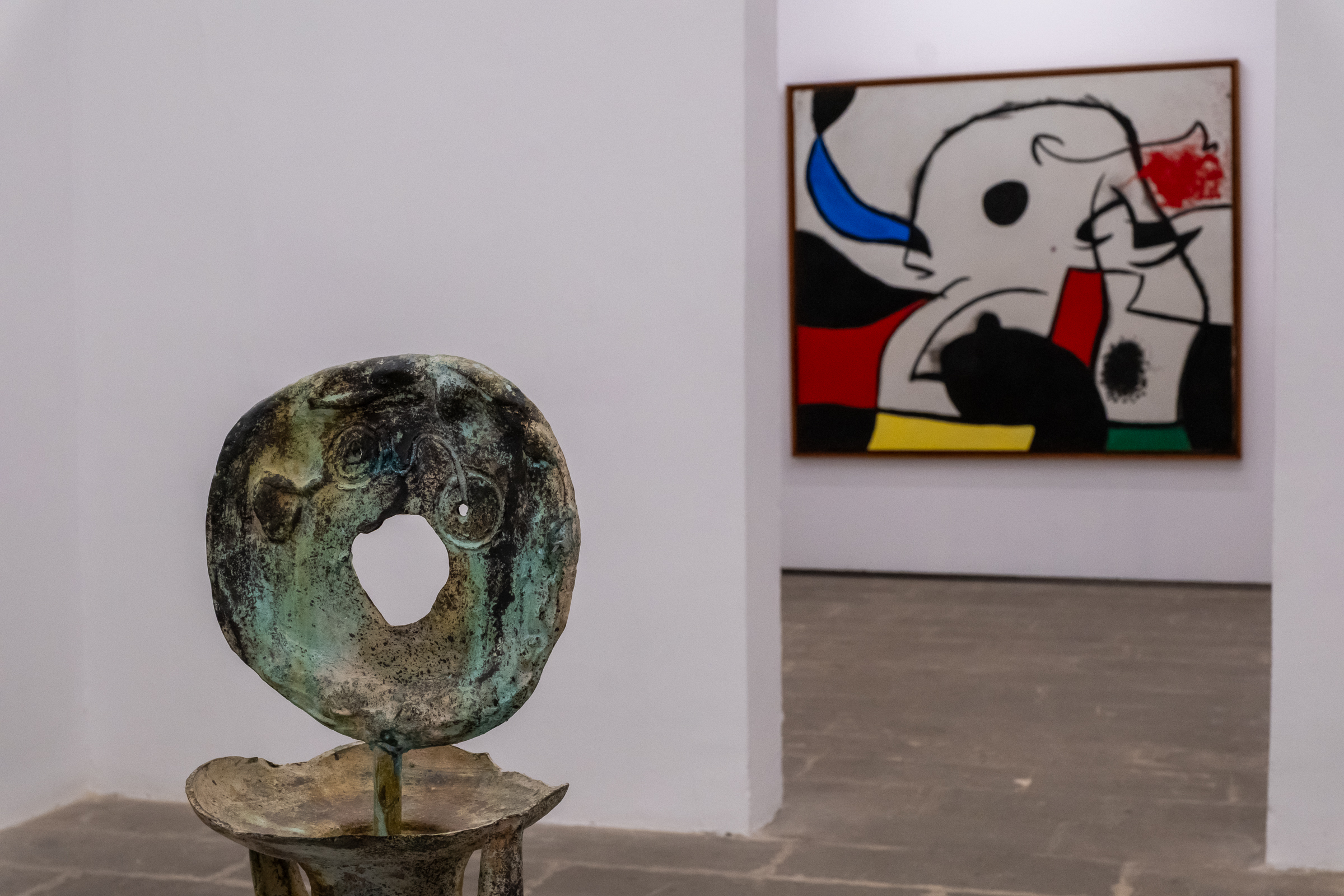
Color and Its Shadow
At Casal Solleric, Paysage Miró surfaces as “El color i la seva ombra”. In this elegant palatial space, painting and sculpture meet in a non‑linear, layered dialogue. You wander from room to room, moving from sculptural figures to canvases and works on paper. Attentive to how Miró transforms found objects, textures, signs and void. The exhibition emphasizes how his sculptures cast shadows, both literal and figurative. Thus, the visitor senses the tension between light and dark, matter and air, substance and suggestion.
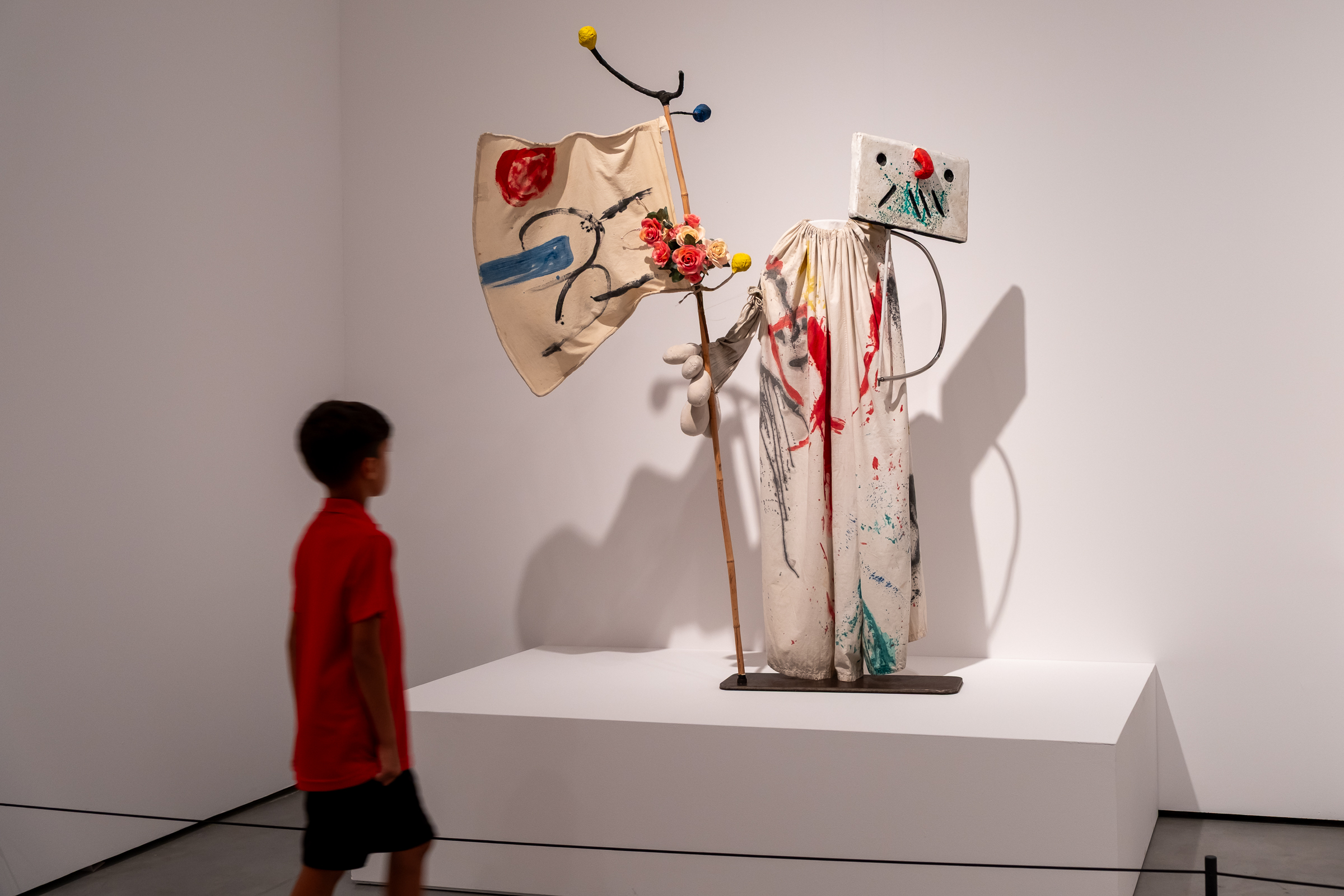
Painting in Between Things
Es Baluard Museu hosts Paysage Miró under the title “Pintar entre les coses”. Here Miró’s work is framed as a radical expansion of painting. The exhibition draws attention to his later canvases, where large blotches, expressive marks, the use of empty space and even burnt or torn textures show him questioning what painting can be. Sculptural figures invite closer inspection. Children especially are drawn to their playful forms and strange postures, often circling them with curiosity. Interaction becomes instinctive, even joyful.
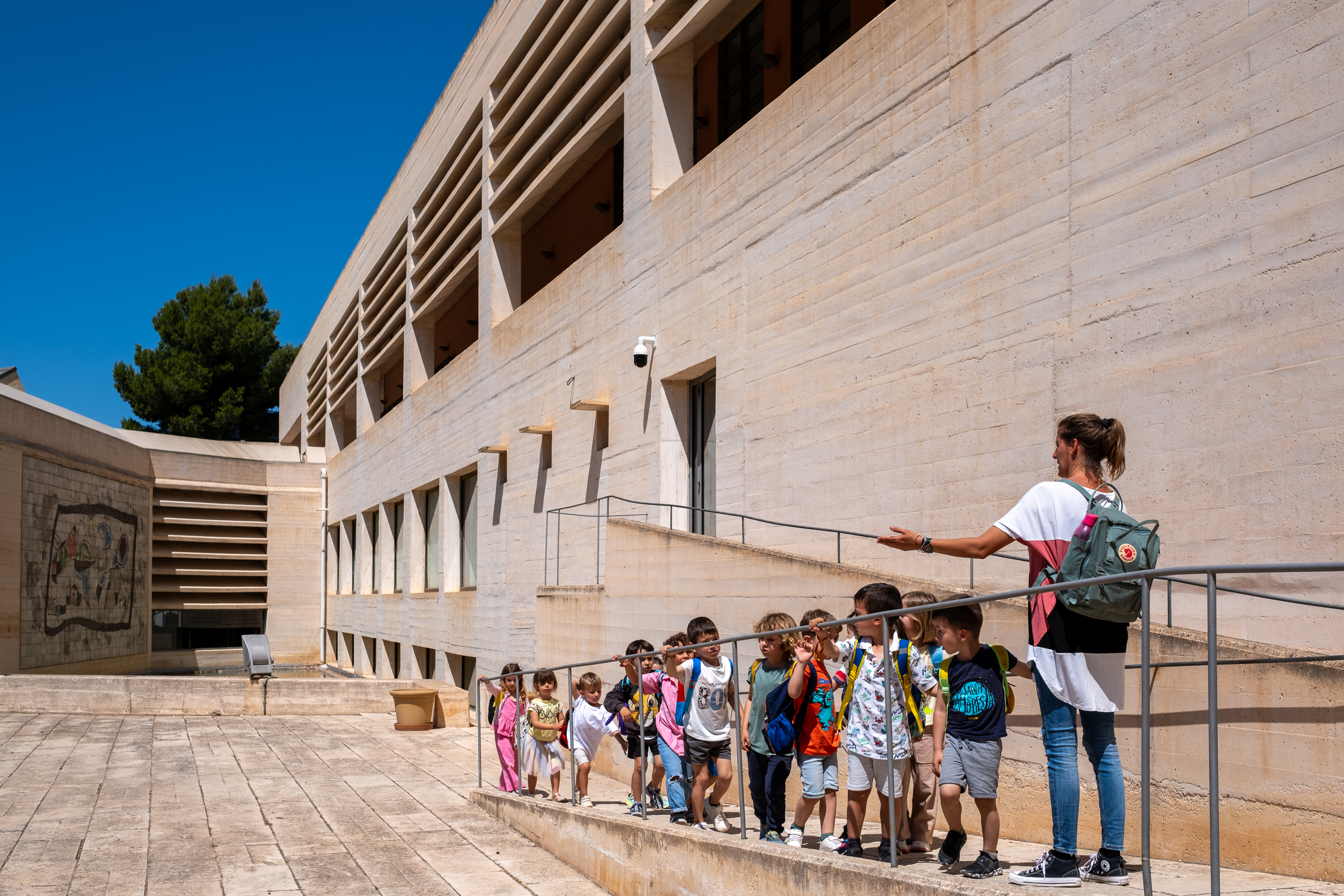
The Magical Spark
Meanwhile, Miró Mallorca anchors Paysage Miró with the segment titled “La guspira màgica”. In the Moneo building, you enter a more intimate realm, a reflection on Miró’s inner landscape. The sparks of chance, found objects, lines of memory and encounter. Works on canvas, on paper, and documentary objects converge in six thematic spheres to reveal how Miró built his visual universe step by step.
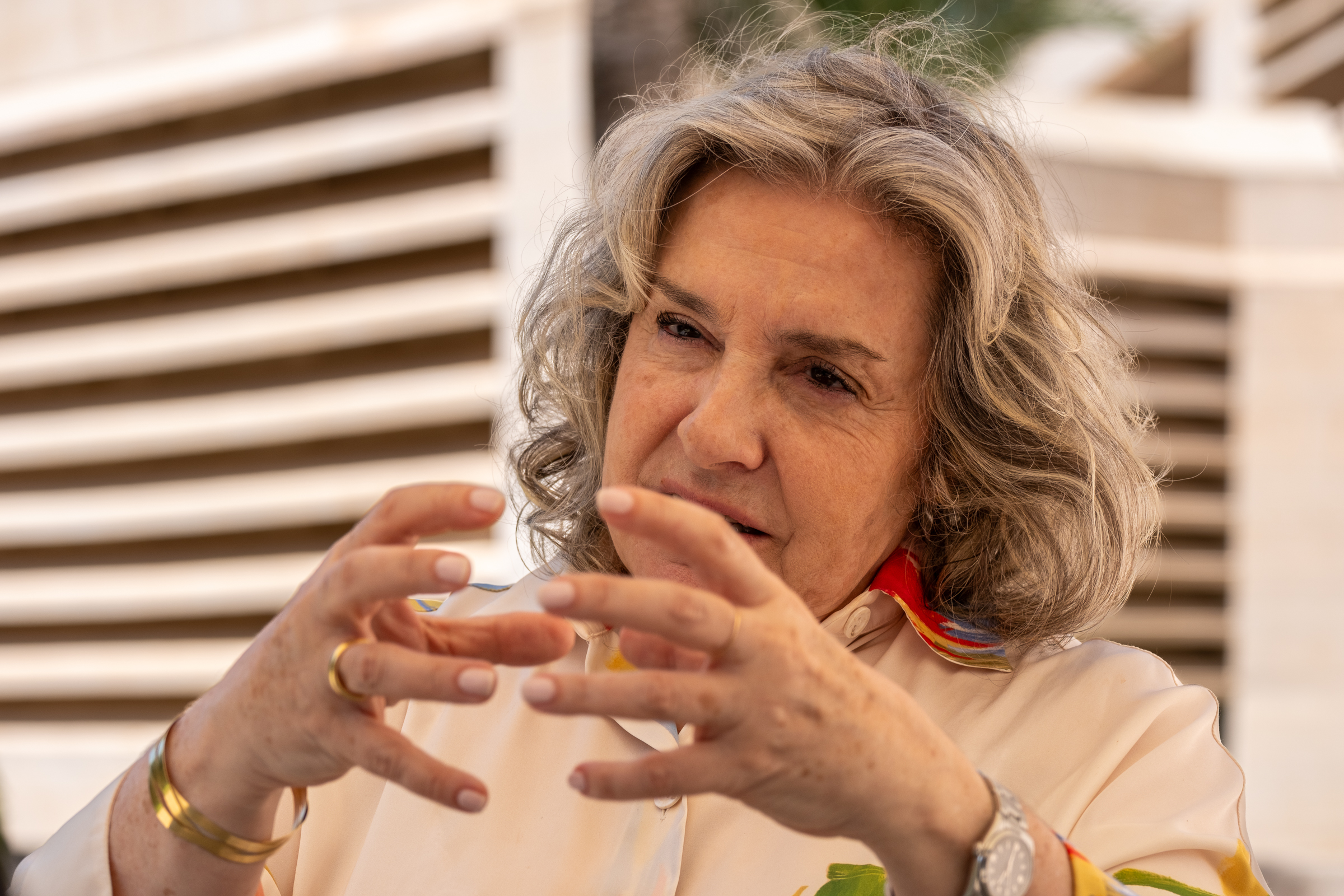
When Art Steps into the Open
Paysage Miró perfectly echoes the vision of Antònia Maria Perelló, the director of the Fundació Pilar i Joan Miró. In her interview with Estilo Palma, she speaks of opening Miró Mallorca to the city and building deeper connections between Miró’s legacy and the people of Palma. The multi-venue exhibition brings Miró’s work beyond the museum walls and into the daily paths of locals and visitors alike. For Antònia, it’s not just about showing art, but about making it part of the city’s shared language.
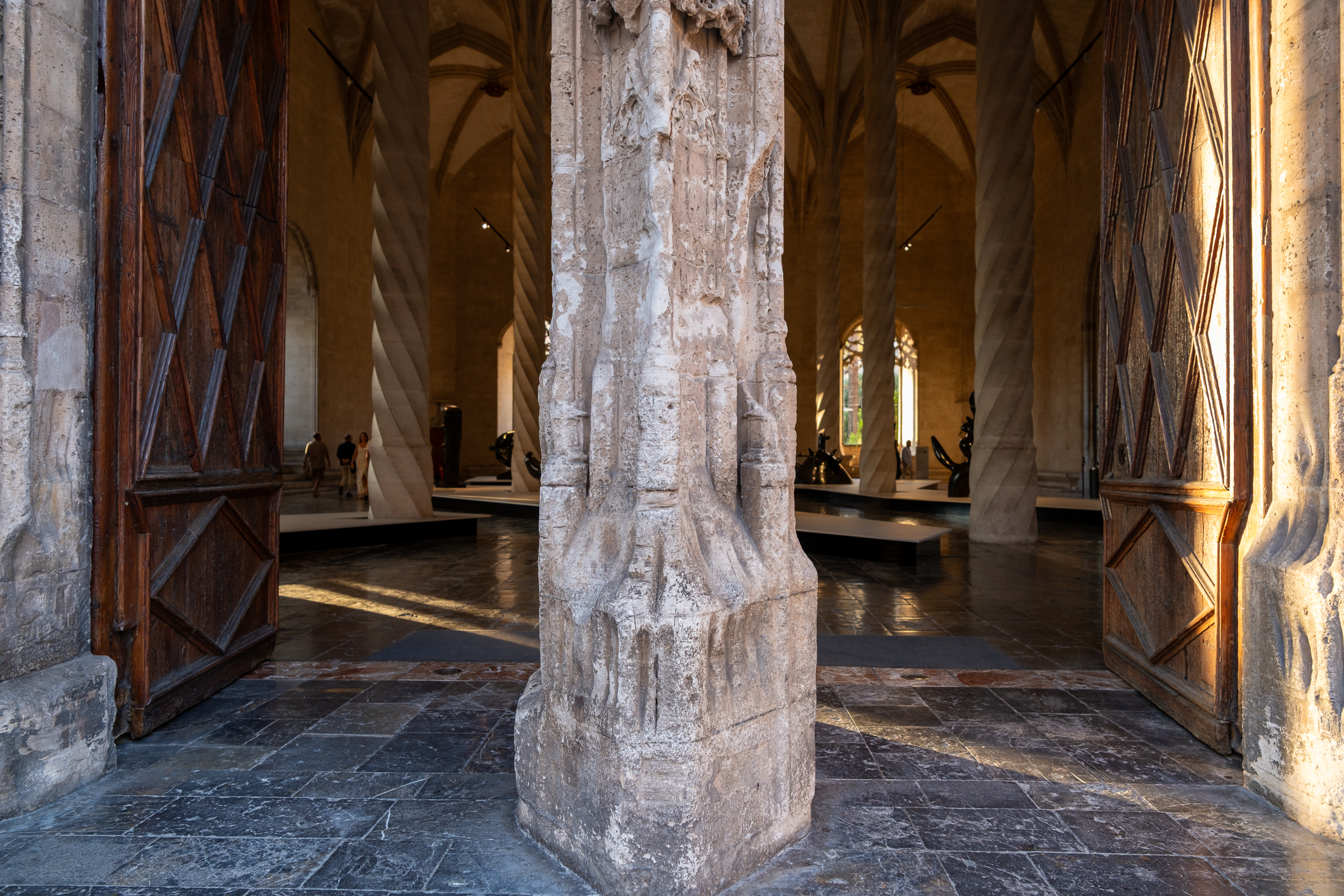
Serendipitous Encounters
The attraction lies not only in the prestige of works drawn from the Museo Reina Sofía, from the Miró foundation, and from private collections, but in the low‑threshold nature of the show. For anyone in Palma between August and November (or later, depending on the venue), this is a rare chance to traverse Paysage Miró in its fullness. To step from room to room, garden to gallery, and piece together the landscape of an artist who lived deeply among us. ![]()
Read the interview with the director of Miró Mallorca, here, and the article about the Miró sculptures at Marivent Garden, right here.

